The rise and fall of the food court
Ah, the food court—a beloved staple of malls and shopping centers worldwide. It’s where aromas from various cuisines mingle, enticing hungry shoppers. This culinary hub offers a break from retail therapy, a place to refuel and relax.
The food court phenomenon is more than just a collection of eateries; it’s a social experience, a meeting point, and a testament to our love for diverse dining options. Let’s dive into the fascinating world of food courts.
The Birth of the Food Court: A 20th Century Innovation
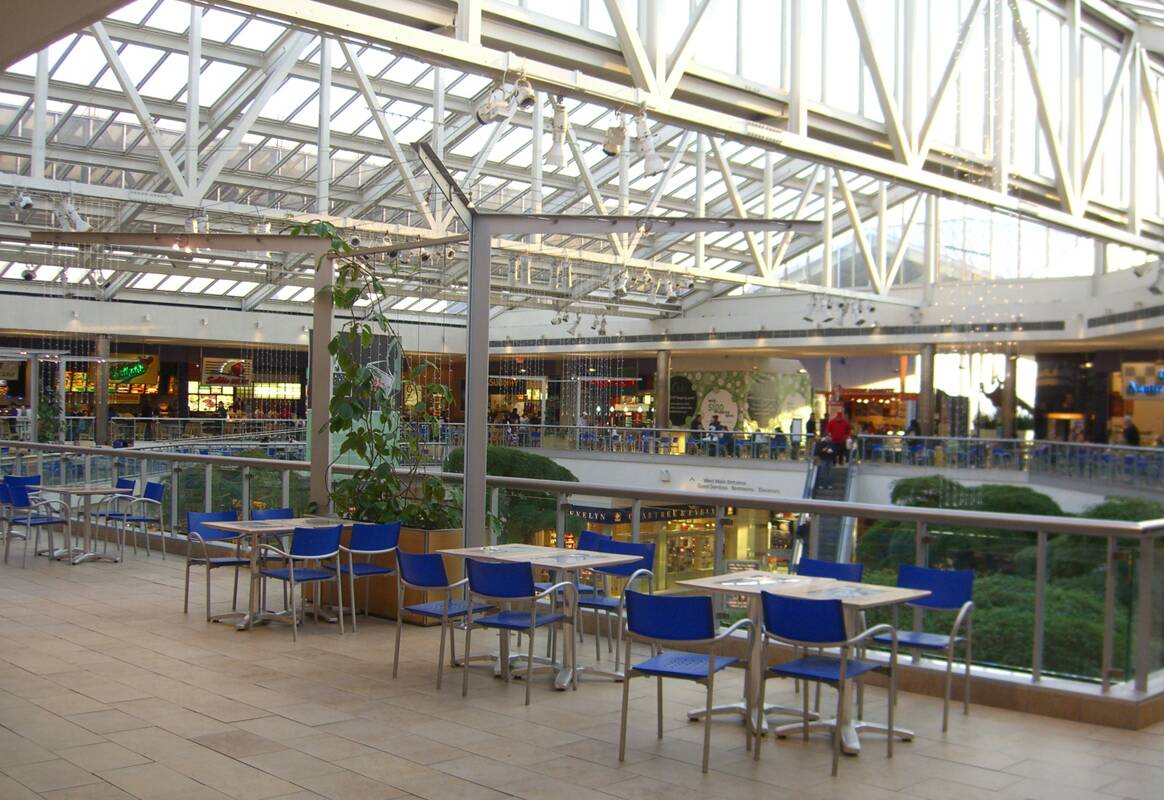
The concept of the food court, as we know it, emerged in the mid-20th century. The first modern food court made its debut in 1974 at the Paramus Park Mall in New Jersey.
This innovation revolutionized the shopping experience by providing a centralized dining area. Customers could choose from multiple vendors and dine together, a novel idea at the time. This setup quickly caught on, and soon food courts became a staple in malls across America.
Food Courts Across the Globe: A Universal Experience
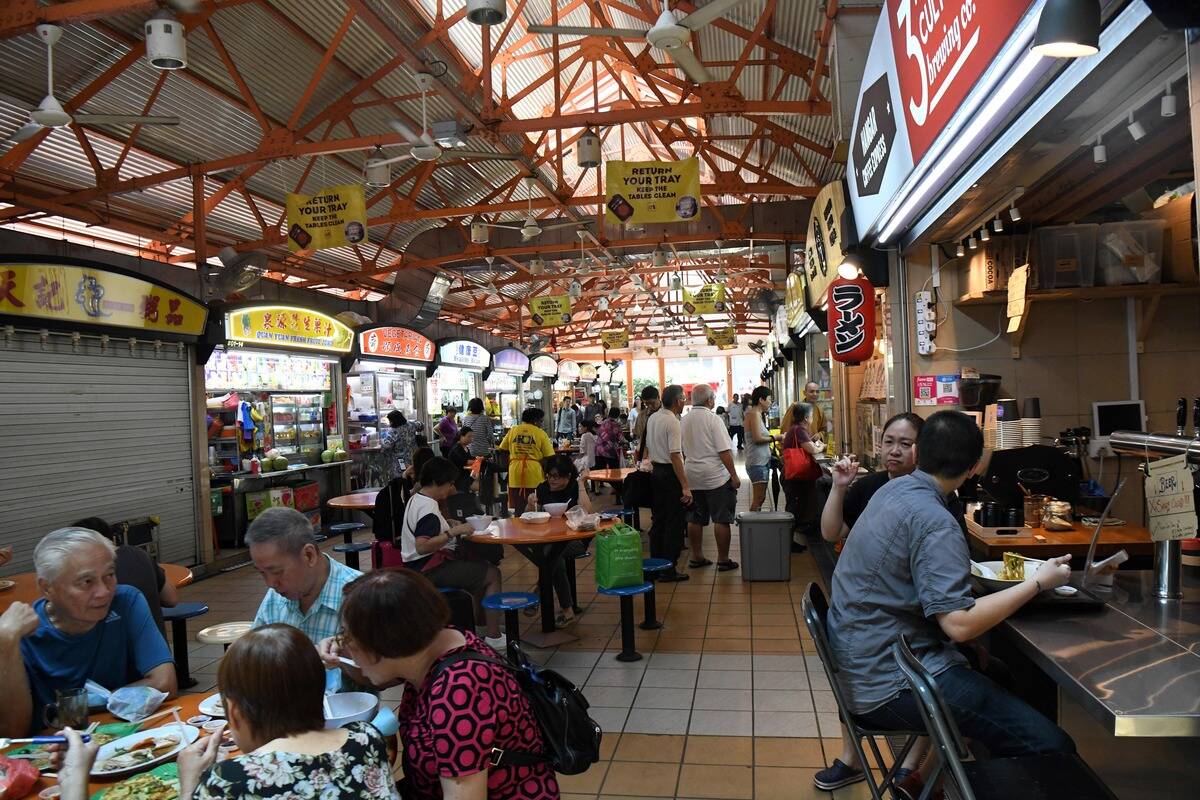
Food courts are a universal phenomenon, found in bustling cities and quiet towns alike. From the sprawling complexes in Asia to the cozy setups in Europe, they cater to a global appetite.
In Singapore, for instance, food courts (often called hawker centers there) are a vital part of the culture, offering local favorites like Hainanese chicken rice and laksa. Meanwhile, in Italy, you might find food courts serving gelato and espresso, blending fast dining with traditional flavors.
Fast Food Frenzy: Dominating the Food Court Scene
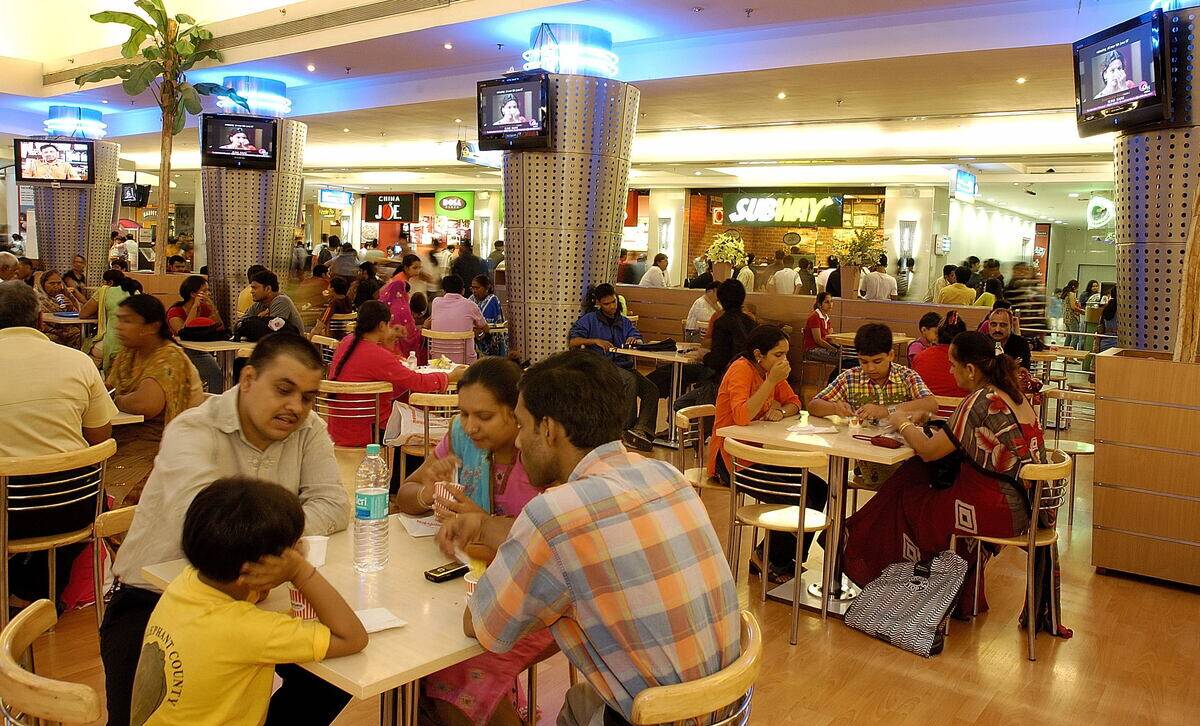
Fast food chains have long been the backbone of food courts. Icons like McDonald’s and Subway are often the first to greet you as you enter. These brands offer familiarity and speed, key ingredients for a successful food court.
Yet, fast food isn’t the only player—many food courts feature a mix of local eateries alongside global brands. This blend ensures there’s something for everyone, whether you’re craving a quick burger or a local delicacy.
The Architecture of Food Courts: A Maze of Culinary Choices
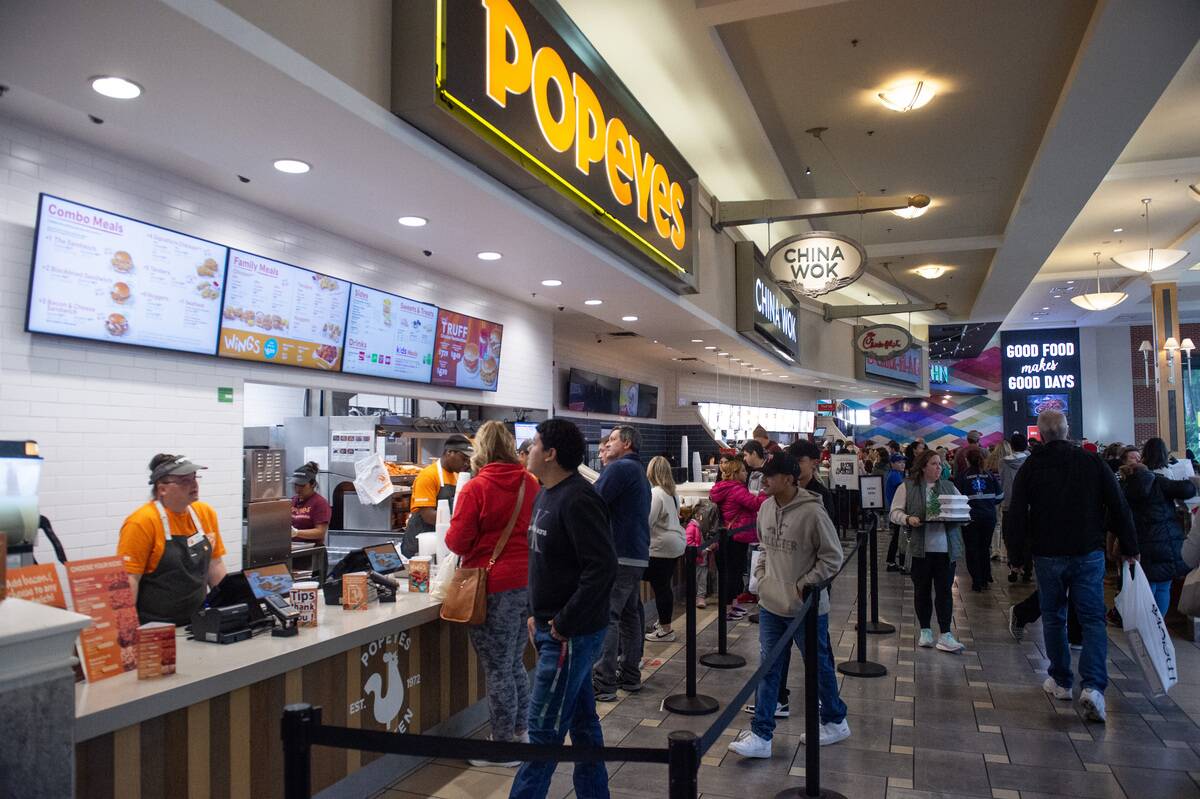
Food courts are designed to be a feast for the senses, with strategically placed vendors to tempt you at every turn. The layout often resembles a maze, encouraging exploration. Seating areas are typically communal, fostering a sense of community among diners.
The architecture also emphasizes convenience, with ample space for foot traffic and accessible seating. These design elements ensure that food courts remain a dynamic and inviting place for all visitors.
The Social Hub: Food Courts as Gathering Places
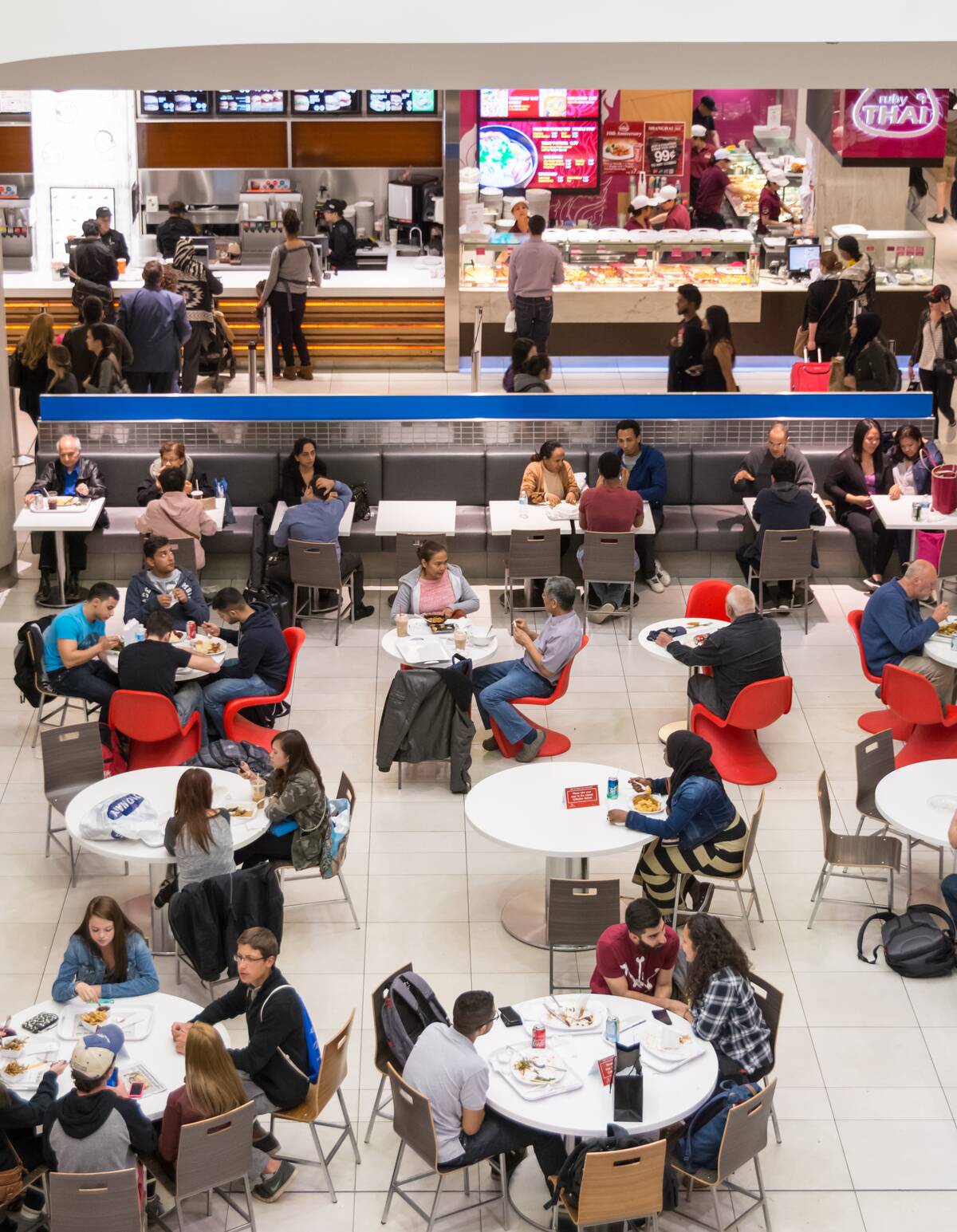
Beyond just eating, food courts serve as vibrant social hubs. They are where friends catch up over coffee, families celebrate birthdays, and couples enjoy casual dates. The communal seating encourages interaction, making it ideal for spontaneous meet-ups.
Some food courts even host events and live music, further enhancing their role as community centers. It’s this social aspect that keeps many returning, even after the shopping is done.
The Golden Era: Food Courts at Their Peak

The late 20th century was the golden era for food courts, as malls thrived and consumerism soared. During this time, food courts were at the height of their popularity, drawing crowds with their variety and convenience.
Malls became destinations not just for shopping, but for dining and entertainment. Food courts offered an affordable way to enjoy a meal, often accompanied by promotional events and special offers. It was a time of bustling activity and culinary exploration.
Family-Friendly Dining: Why Food Courts Were Perfect for All Ages

Food courts have long been a favorite for families, offering something for even the pickiest eaters. Parents appreciate the wide array of choices, from kid-friendly nuggets to healthier options like salads and smoothies.
The informal setting means children can be themselves, making dining out less stressful. High chairs and kid zones are common features, ensuring a comfortable dining experience for families of all sizes. It’s no wonder food courts have been a go-to for family outings.
Variety on a Budget: A Feast for Every Wallet

One of the biggest draws of food courts is their affordability. With options ranging from budget-friendly bites to more indulgent treats, they cater to all wallets. You can grab a quick snack or indulge in a full meal without breaking the bank.
Many food courts also offer combo deals and loyalty programs, making it even easier to dine on a dime. This accessibility ensures that everyone, regardless of budget, can enjoy a satisfying meal.
The Cultural Melting Pot: Diverse Cuisines Under One Roof
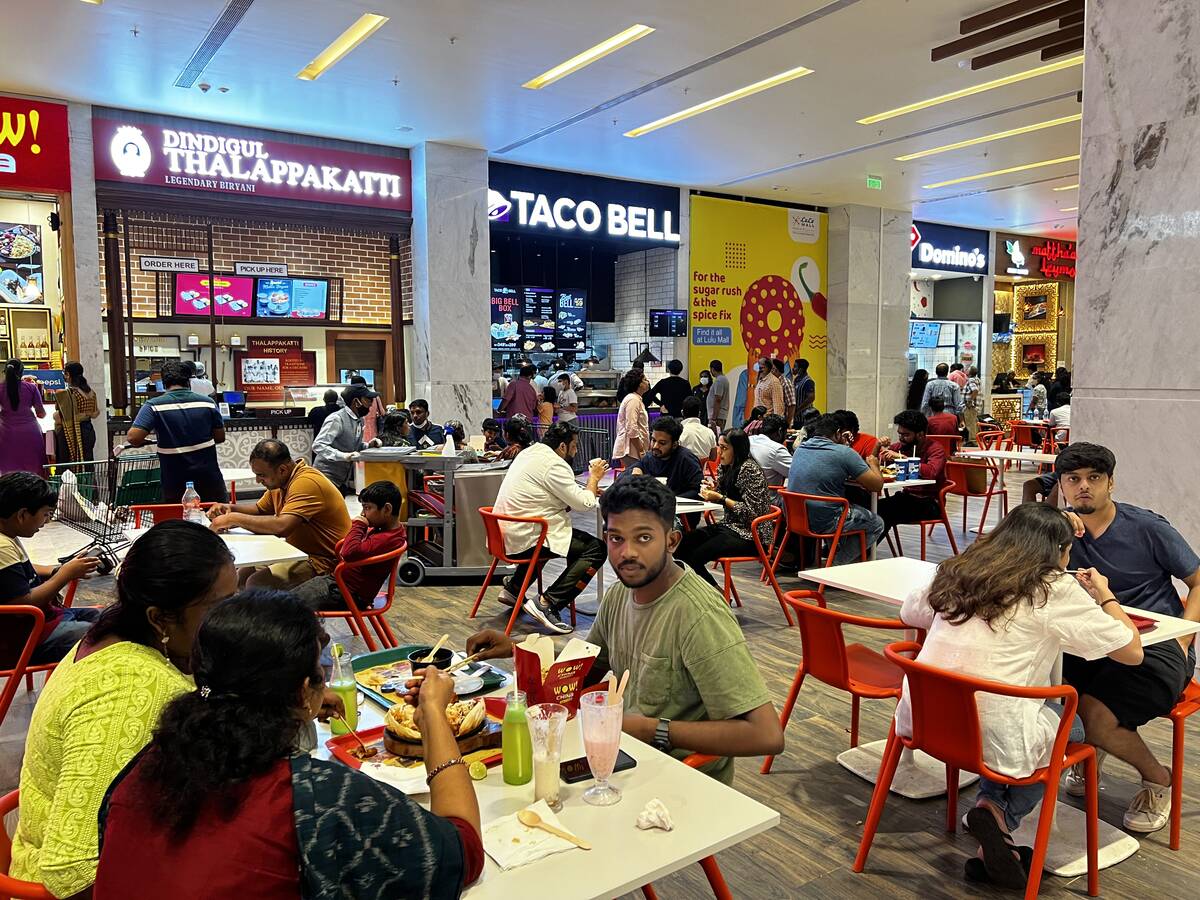
Food courts are a microcosm of culinary diversity, offering tastes from around the world. You might start with sushi from Japan, followed by a Mexican taco, and finish with Italian gelato.
This variety reflects our multicultural societies and the global exchange of flavors. Food courts provide an opportunity to explore new cuisines without traveling far, making them a favorite for adventurous eaters. It’s a celebration of diversity, all conveniently located under one roof.
The Decline Begins: Changing Consumer Preferences

In recent years, food courts have faced challenges as consumer preferences evolve. The rise of online shopping has reduced foot traffic in malls, impacting food court patronage.
Additionally, many diners now seek unique, local dining experiences rather than chain offerings. This shift has led to a decline in the traditional food court model, prompting a need for reinvention. Adapting to these changes is crucial for food courts to remain relevant in today’s fast-changing market.
The Rise of Food Trucks and Street Markets
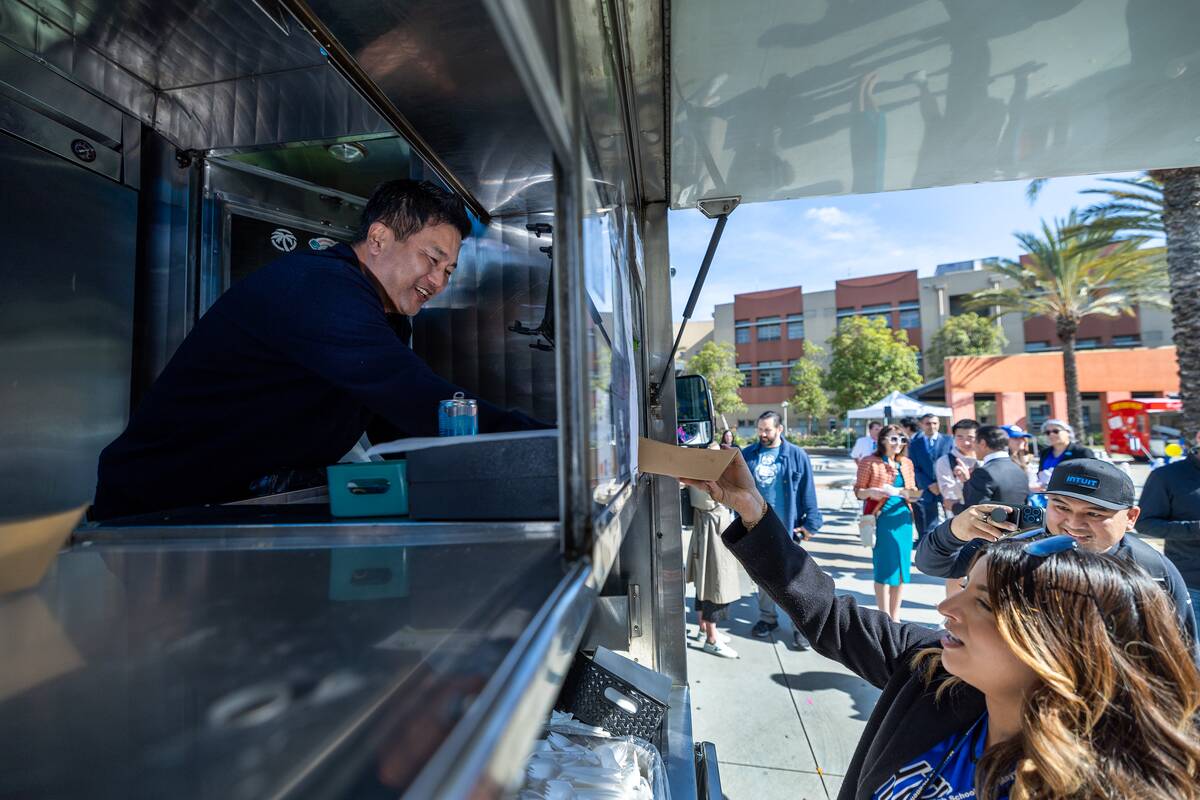
As food courts face challenges, food trucks and street markets have surged in popularity. Offering gourmet meals and unique dishes, they attract crowds with their novelty and mobility.
Unlike traditional food courts, these setups bring food to the people, creating a dynamic dining experience. Street markets offer a vibrant atmosphere and often feature live entertainment. This trend highlights a growing desire for experiential dining, pushing food courts to innovate to keep pace.
Health Consciousness: A Challenge for Traditional Food Courts
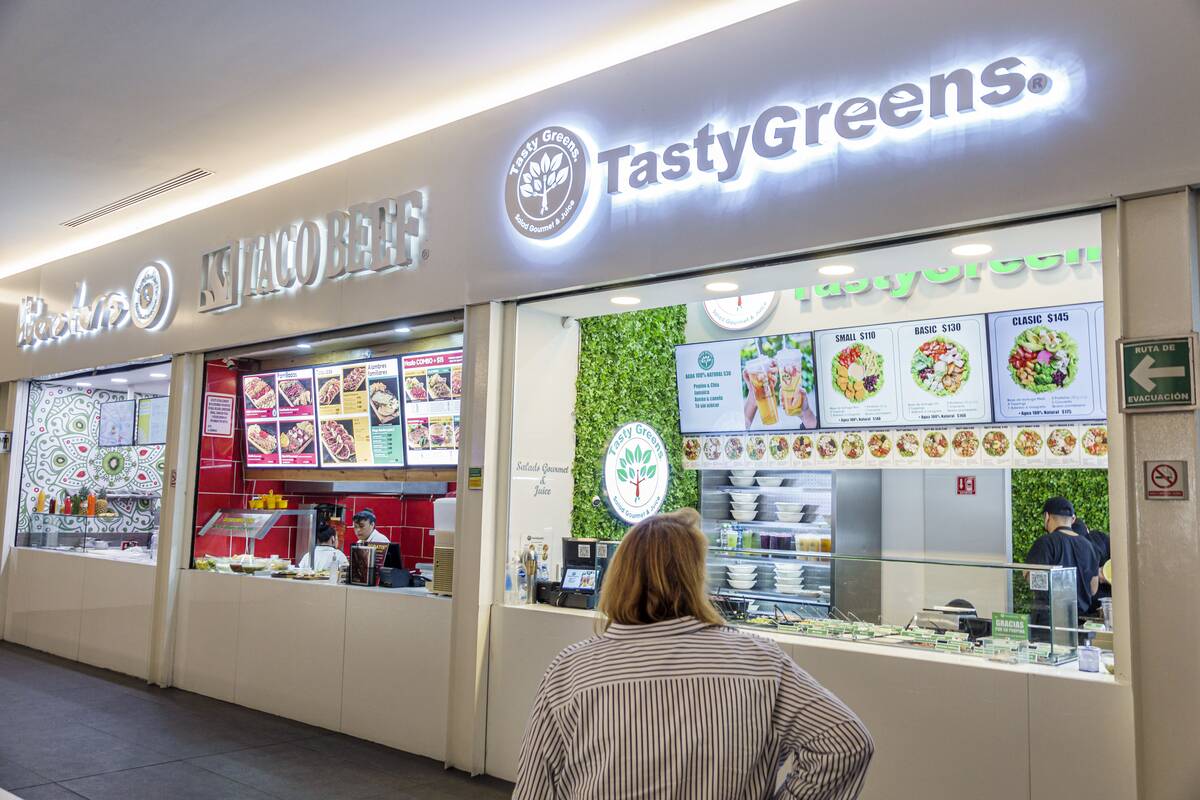
Increasing health awareness has posed a challenge for traditional food courts, known for fast food and indulgent treats. Consumers today seek healthier options, such as vegan or organic meals.
Many food courts have responded by incorporating salad bars, smoothie booths, and gluten-free choices. This shift not only caters to health-conscious diners but also rejuvenates the food court’s image. Adapting to these trends is essential for staying competitive in the health-driven market.
The Impact of E-Commerce and Online Food Delivery
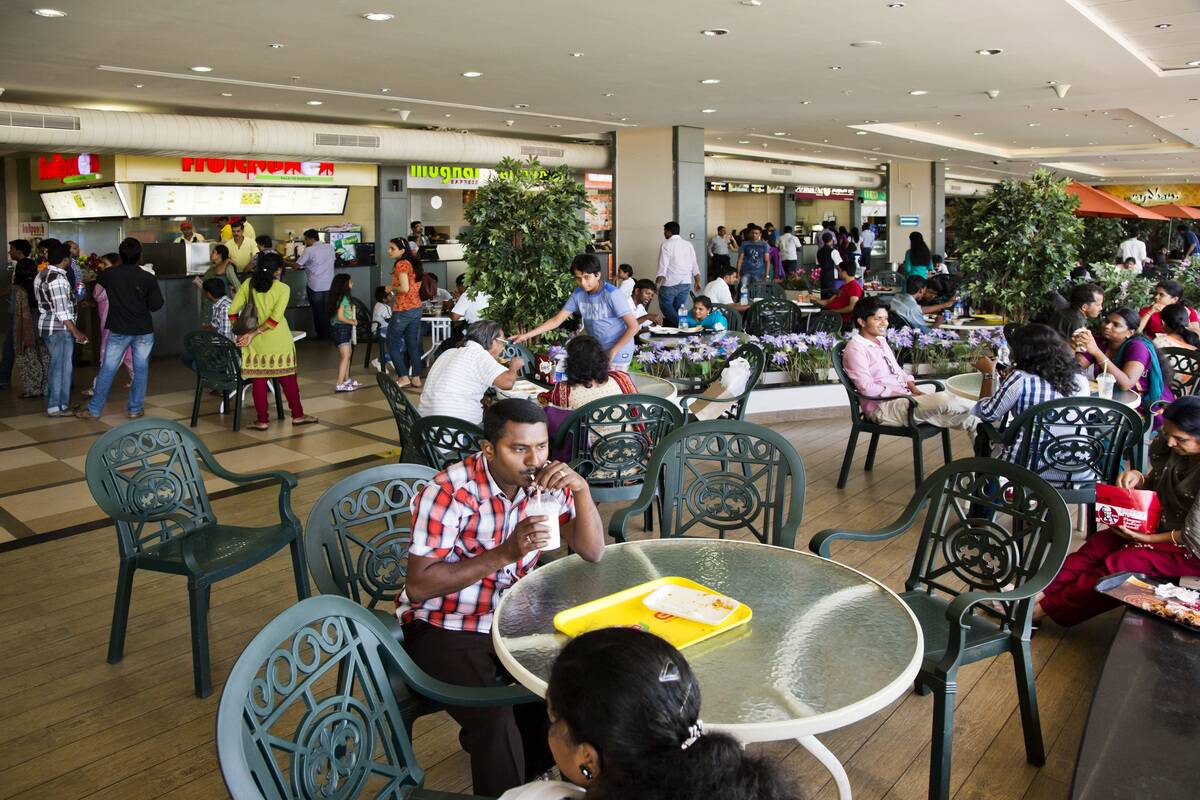
E-commerce and online food delivery services have disrupted traditional dining models, including food courts. With the convenience of home delivery, fewer people venture out to eat. This shift has led to decreased foot traffic in malls and food courts, affecting their viability.
However, some food courts have embraced technology, offering online ordering and delivery options. By integrating digital solutions, they aim to attract tech-savvy consumers and remain a viable dining option.



